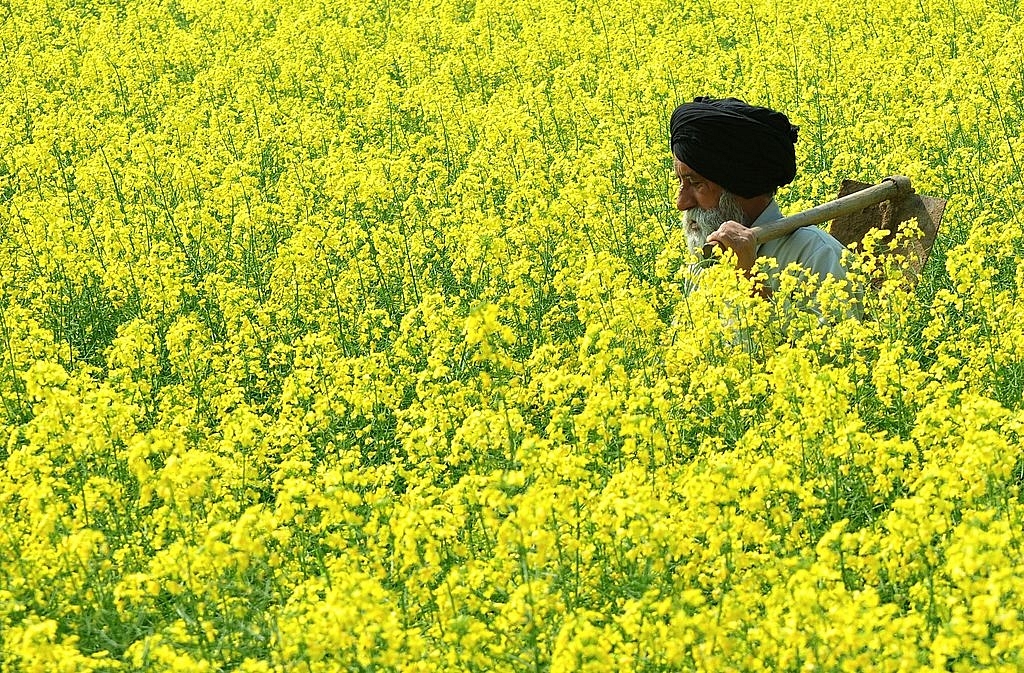Insta
Groundwater Crisis: Farmers In North India May Not Have Water Left For Irrigation By 2025

An Indian farmer walks through a mustard field in Baran village near Patiala (STRDEL/AFP/Getty Images)
According to a Central Ground Water Board (CGWB) report, average water levels in January 2016 were lower than the average water levels between 2006 and 2015 with hardly 3 per cent wells recording a rise in water level exceeding four metres.
The possible reason for the falling water levels is India's 251 cu km annual groundwater extraction rate, making India the world's biggest consumer of groundwater, according to a 2012 UNESCO report. Over nine-tenths of groundwater is extracted for irrigation, according to the Ground Water Year Book for 2014-15 released by the CGWB, underscoring India's dependence on groundwater for irrigation - it provides water for 60 per cent of the irrigated area.
The average farmer in Punjab, Rajasthan and Haryana faces the prospect of having no groundwater left for irrigation by 2025. In Punjab, Rajasthan and Haryana, groundwater extraction exceeds the rate at which it is being replenished through rainfall, back flows from irrigation and seepage from canals, other water bodies and conservation structures.
Local stakeholders are best positioned to police the use of water, and they are more likely to do so honestly because their lives depend on its availability. "Community-driven decentralised water management was the norm in India until about 100 years ago, prior to the development of the modern canal-based flood irrigation system and extraction technology," said a water conservationist.
With inputs from IndiaSpend.org and IANS
Introducing ElectionsHQ + 50 Ground Reports Project
The 2024 elections might seem easy to guess, but there are some important questions that shouldn't be missed.
Do freebies still sway voters? Do people prioritise infrastructure when voting? How will Punjab vote?
The answers to these questions provide great insights into where we, as a country, are headed in the years to come.
Swarajya is starting a project with an aim to do 50 solid ground stories and a smart commentary service on WhatsApp, a one-of-a-kind. We'd love your support during this election season.
Click below to contribute.
Latest